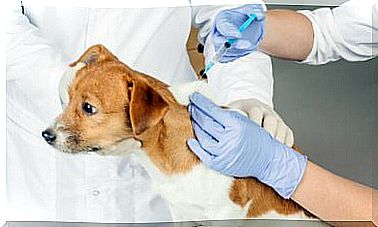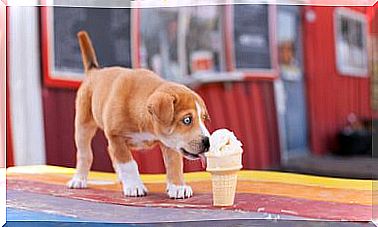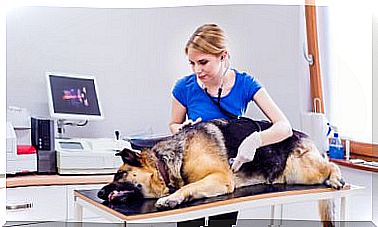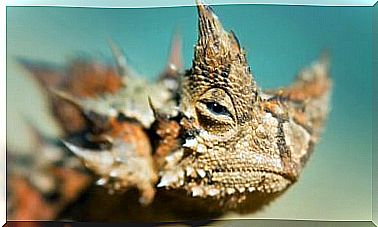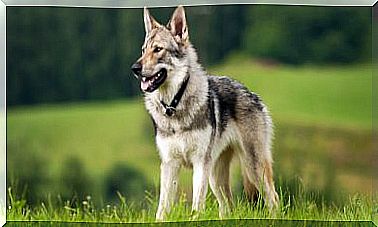Vestibular Syndrome In Rabbits: What Is It About?
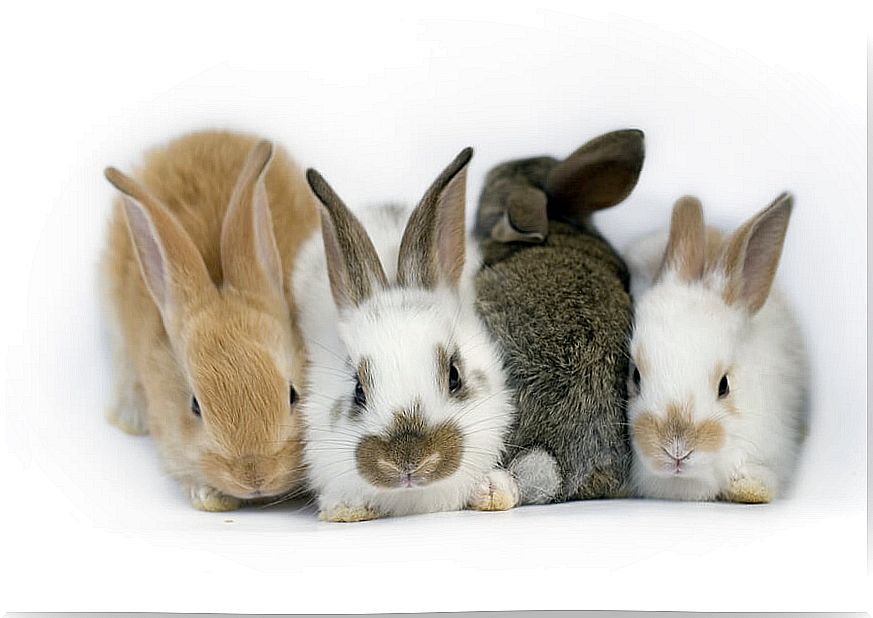
Rabbits are adorable, soft and cuddly hairballs. It is not surprising that every day more households want to have this pet as a source of daily pampering. But we must know that they are living beings, and as such, they can develop diseases that must be properly treated.
Among these possible diseases, today we are going to talk about one, which either by frequent or by particular, deserves special emphasis. We are talking about vestibular syndrome in rabbits. This clinical picture, due to its complexity, sometimes represents a real diagnostic challenge for veterinarians.

Vestibular syndrome in rabbits
It is one of the most frequent and best studied neurological diseases in this species. Its clinical picture consists of a series of signs related, mostly, with the vestibular system. The vestibular system is a set of structures located in the ear, which are responsible for maintaining balance in animals.
This disease also occurs in other species, such as dogs and cats. However, although this syndrome has similarities in all affected animals, there are several peculiarities that make vestibular syndrome in rabbits a pathological complex in itself.
Vestibular syndrome symptoms
As we mentioned, it affects the apparatus in charge of balance and body position, so many of the symptoms will follow this line.
These can develop more or less gradually, depending on the causative agent of the pathology. By having a multiple origin, the symptoms developed will largely depend on the etiology of the disease and its form of presentation. We are going to mention the most common symptoms present in vestibular syndrome:
- Torticollis: Perhaps the most frequent symptom. There is a tilt of the head, to the left or right side. This will depend on the affected region.
- Loss of balance: By affecting the balance system, the animal has serious difficulties to stay upright, so it is to be expected that it will fall more frequently. In advanced stages of the disease, a total inability of the animal to get up may ensue.
- Gait disturbances: The animal may be unable to walk in a straight line, something easily detectable by its lopsided walk or even in circles.
- Nystagmus: It is a frequent sign that consists of an involuntary and repetitive movement of the eyes. We could say that it is like an ocular “tic”.
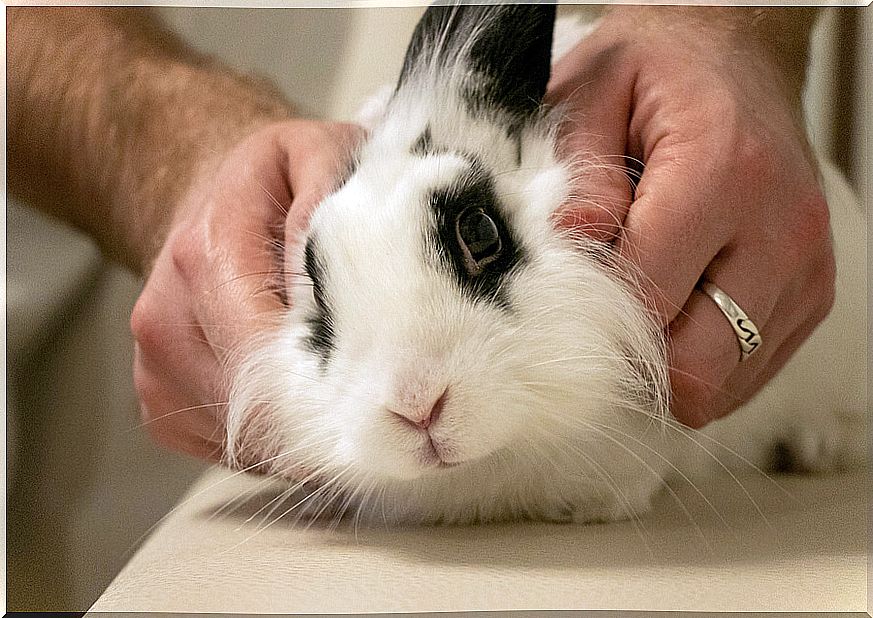
Causes of the disease
As we have already mentioned, there are several agents that can cause this clinical picture in rabbits. We are going to mention the most important and frequent:
- Encephalitozoon cuniculi : Common parasite among rabbits. It can cause problems in the kidney, in the eyes, or as in the case at hand, in the nervous system. It produces encephalitis with a reserved prognosis that causes symptoms of vestibular syndrome . Treatment consists of anti-inflammatory and antiparasitic drugs.
- Pasteurella multocida : It is a bacterium involved in the development of respiratory diseases in rabbits. It is not usually serious, but on certain occasions it can migrate towards the ear, causing inflammation and altering the vestibular apparatus. For its treatment, powerful antibiotics are necessary, although in certain cases surgery may also be considered.
- Head injuries: Rabbits are quite delicate animals, especially when it comes to trauma. So it is common that after a hit or fall without apparent importance, the animal has suffered severe injuries. Depending on the degree and severity of the injury, the animal may develop vestibular symptoms as a consequence of a head injury.
- Neoplasms: An abnormal tissue overgrowth is one of the possible causes of this disease in rabbits. These masses are found using imaging techniques, either X-rays, CT or MRI.
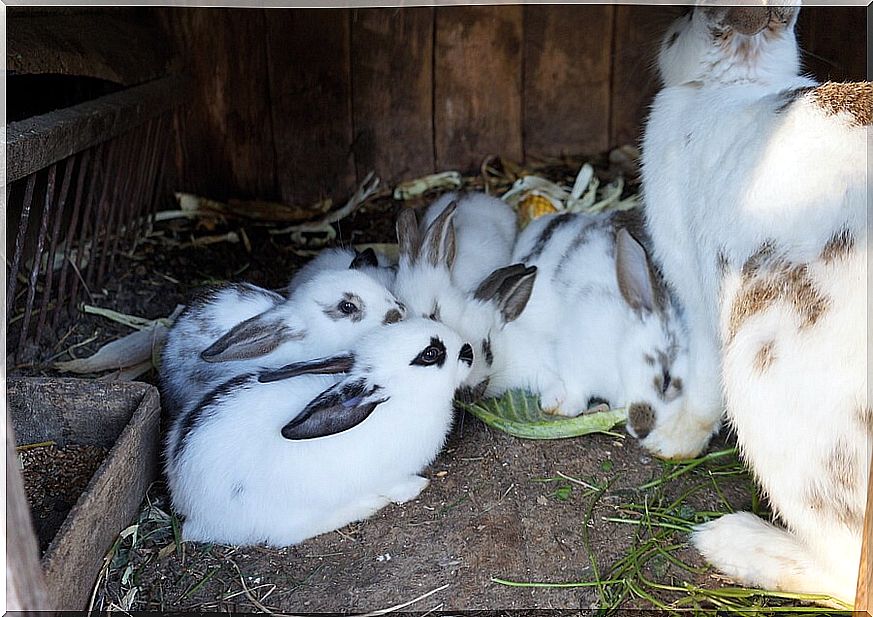
As you have read, there are several possible causes behind vestibular syndrome. And they all share the need for an early diagnosis for a better prognosis. Therefore, when detecting any abnormality in the rabbit’s gait or posture, it is advisable to go to your veterinarian as soon as possible.
